In 2021, the inaugural year of funding, the Society for Marine Mammalogy (SMM) Conservation Fund was able to fund $140,000 toward six projects in 12 countries.
2021 SMM Conservation Grant Recipients
Title: Harnessing local ecological knowledge to fill data gaps and support conservation of the Critically Endangered Atlantic humpback dolphin (Congo, Gabon, Cameroon, Liberia, Senegal & Gambia).
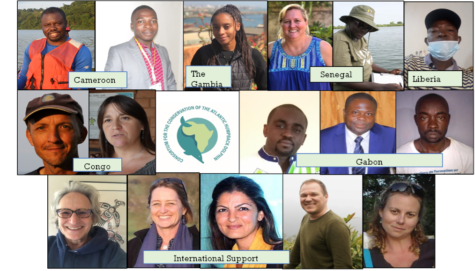
PIs: Aristide Kamla Takoukan (& team)
Summary: This project will use interview-based survey campaigns in Congo, Gabon, Cameroon, Liberia, The Gambia and Senegal to gain local ecological knowledge about the distribution, conservation status, and threats to Critically Endangered Atlantic humpback dolphins.
Find out more at:
African Marine Mammal Conservation Organization (AMMCO): https://www.ammco.org/ and https://www.facebook.com/ammco.org/ and https://twitter.com/AMMCO_SIREN
Consortium for the Conservation of the Atlantic Humpback Dolphin (CCAHD): https://www.sousateuszii.org/ and https://www.facebook.com/sousateuszii and https://twitter.com/sousateuszii
Title: How many Amazon river dolphin species are there? “Capturing” genomic and morphological evidence to clarify the Inia’s taxonomy to help their conservation (Colombia, Brazil & Bolivia).
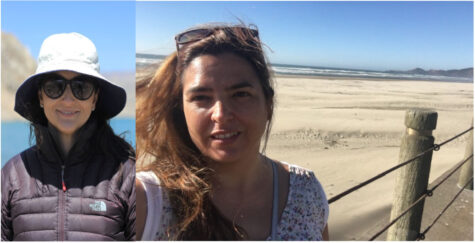
PIs: Susana Caballero Gaitan & Larissa Oliveira
Summary: Obtain morphological and genomic (“museomics”) information, using mostly specimens from Museums around the world to understand and clarity the controversial taxonomy of the Inia genus.
Title: Developing a necropsy program to determine the efficacy of reducing Mekong River dolphin mortality with a River Guard enforcement and outreach program (Cambodia)
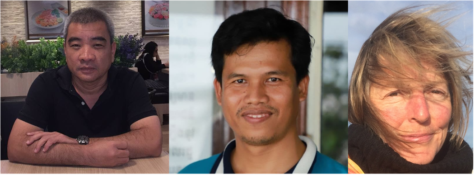
PIs: Somay Phay, Eam Sam Un, Francis Gulland.
Project Summary: The Mekong River dolphin population in Cambodia is critically endangered, with a population of under 100 individuals, high calf mortality and minimal recruitment. This project aimed to determine the causes of Mekong River dolphin (MRD) mortality, and to assess the efficacy of an established River Guard program to reduce deaths of these animals. The project counted and collected dolphin carcasses and performed necropsies to determine the causes of death of these animals. The River Guard program conducted patrols using local guards who reported the location of dolphins and illegal fishing activities, confiscated gear and enforced dolphin protection. River Guards are police, fisheries officers and representatives from local communities who are trained, equipped and employed to enforce the ban on gillnetting within areas of the river designated as MRD habitat. Local outreach to the community living along the Mekong in dolphin habitat was conducted by River Guards and World Wildlife Fund (WWF) staff to inform villagers of laws banning gill nets and electric fishing, and to describe the natural history and needs of the Mekong River dolphin and its history in Cambodia. The project was led and conducted by Sam Un Eam and the WWF MRD team in Kratie, Cambodia, with necropsy support from F. Gulland through remote training and one on-hands workshop in Kratie, Cambodia. The necropsy program detected three dolphins that were determined to have died from entanglement over 10 days at the end of December 2022. This spate of deaths resulted in considerable media coverage, and heightened awareness of the plight of the dolphins. In January 2023, the prime Minister of Cambodia ordered strict protection of permanent and seasonal protection zones where fishing is to be limited and laws enforced to protect dolphins. This significant order has allowed the Ministry of Agriculture, Forestry and Fisheries to revise the existing sub-decree on the Mekong River Dolphin Management and Protection Zone.
This project enabled the government officers and local WWF staff to identify entanglement as the cause of dolphin deaths, exposed inadequacies in the existing River Guard program, and increased legal protection for dolphins in the Mekong River.
Find out more: http://www.wwf.org.kh
Title: An integrated approach to the conservation of coastal cetaceans in the Gulf of Mottama, Myanmar
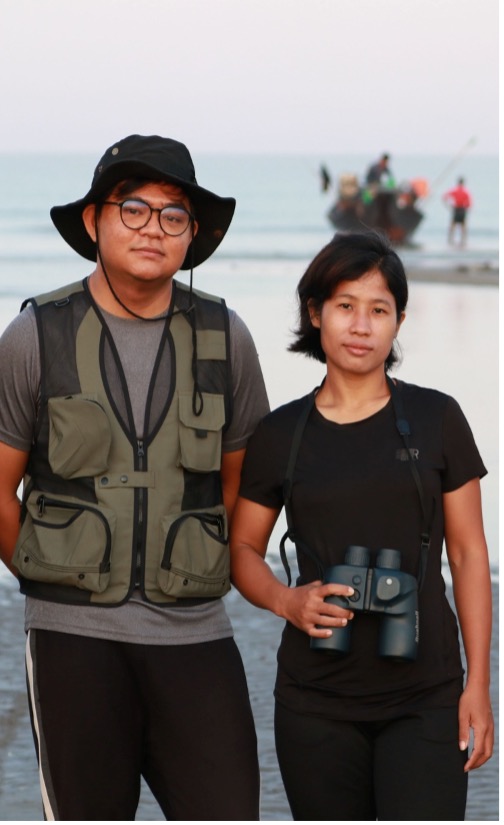
PIs: Wint Hte, Yin Yin Htay, and Tara Whitty.
Summary: The project will establish an acoustic monitoring program for N. phocaenoides, estimate bycatch rates in small-scale fisheries through Rapid Bycatch Assessments, refine understanding of the current and past distribution of these species in the Gulf of Mottama through Local Ecological Knowledge surveys, and train community youths in research and community engagement skills.
Find out more: https://www.facebook.com/MyanmarCoastalConservationLab/
Title: Veterinary capacity building to fill vital knowledge gaps for the endangered Indus River dolphins (Platanista minor) rescued from irrigation canals (Pakistan).

PIs: Forrest Gomez, Cynthia Smith, Massod Arshad, Gill Braulik, and Uzma Khan.
Summary: The entrapment of Indus River dolphins in irrigation canals in Pakistan is an imminent threat to this endangered species. While rescue operations occur, there is a critical need for veterinary monitoring and assessment to provide the animals a better chance of survival. There is also an urgent need to collect scientific data to help protect and conserve the species. The SMM Conservation Fund will allow our international, collaborative team to build local capacity by training Pakistani veterinary first responders. We will also collect essential scientific and health data to fill critical species-specific knowledge gaps. Thank you to the SMM for supporting this important work.
Find out more:
https://www.wwfpak.org/our_work_/wildlife_2/indus_dolphin/
https://www.nmmf.org/marine-mammal/south-asian-river-dolphin/
Instagram: @nmmfoundation, @wwfpak, @cynthia_smith_dvm, @forrestgomez
Facebook: @nmmf.org, @WWFPak, @forrest.emorygomez
Title: Counting to protect: population estimation of a highly threatened subpopulation of river dolphin (genus Inia) in the Tocantins, the most impacted river by dams and land use changes in Brazil
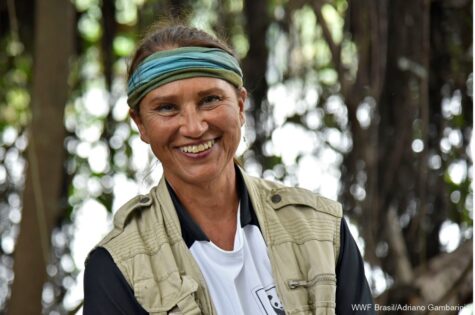
PI: Miriam Marmontel
Summary: Conduct survey to estimate the abundance of Araguaian boto along the Tocantins River, where segmentation by seven hydroelectric dams and rapid changes in land use is heavily impacting this dolphin population.